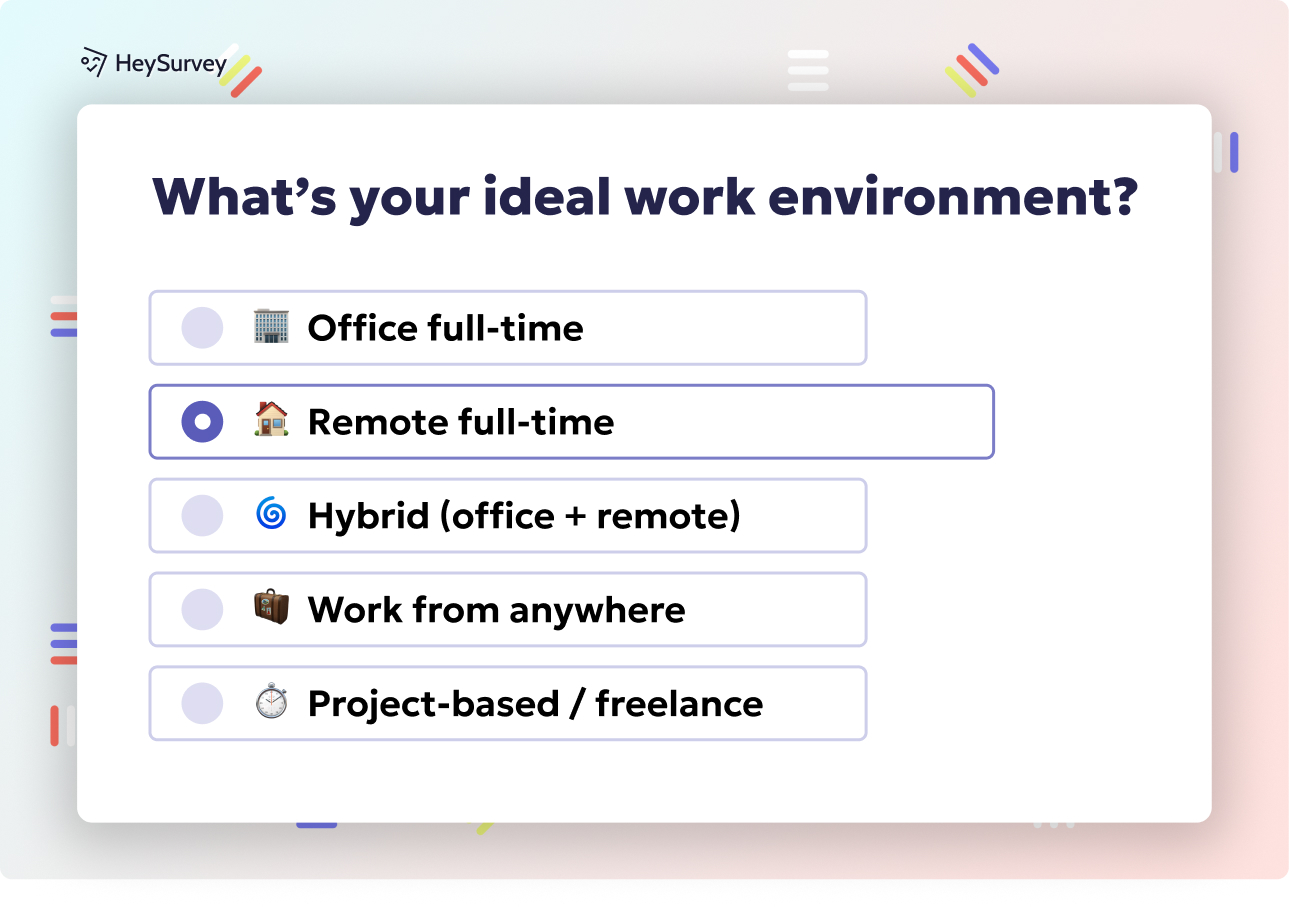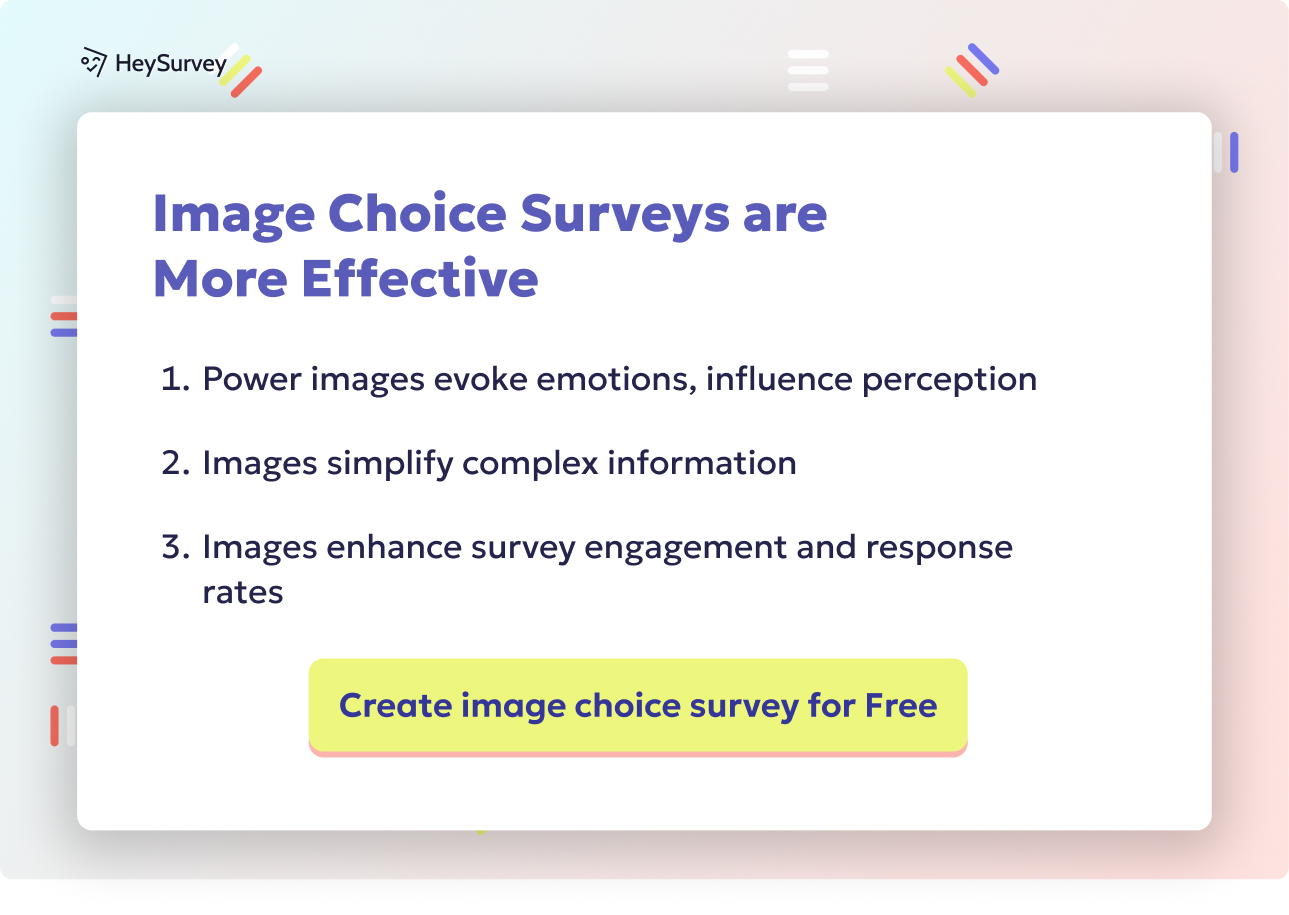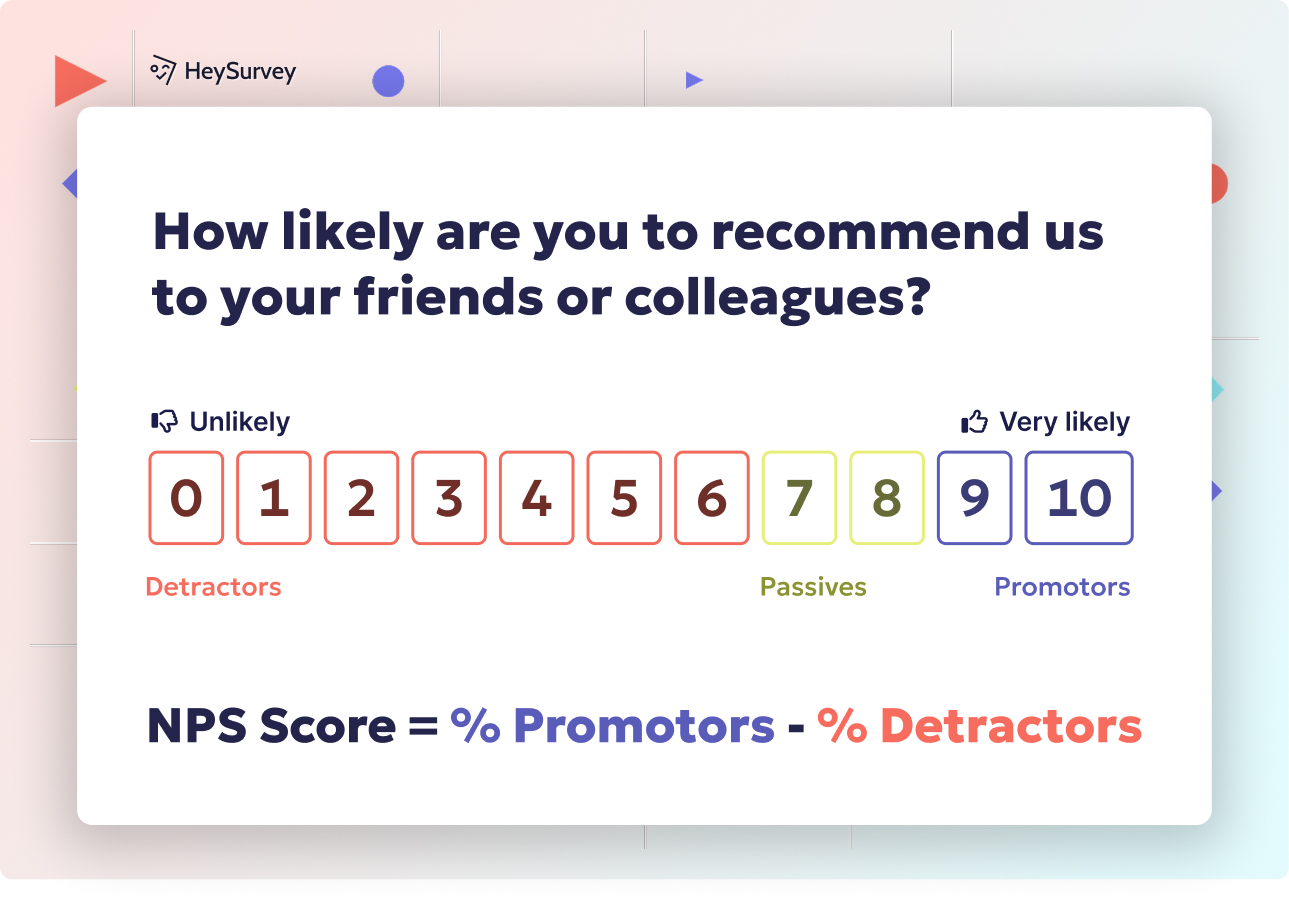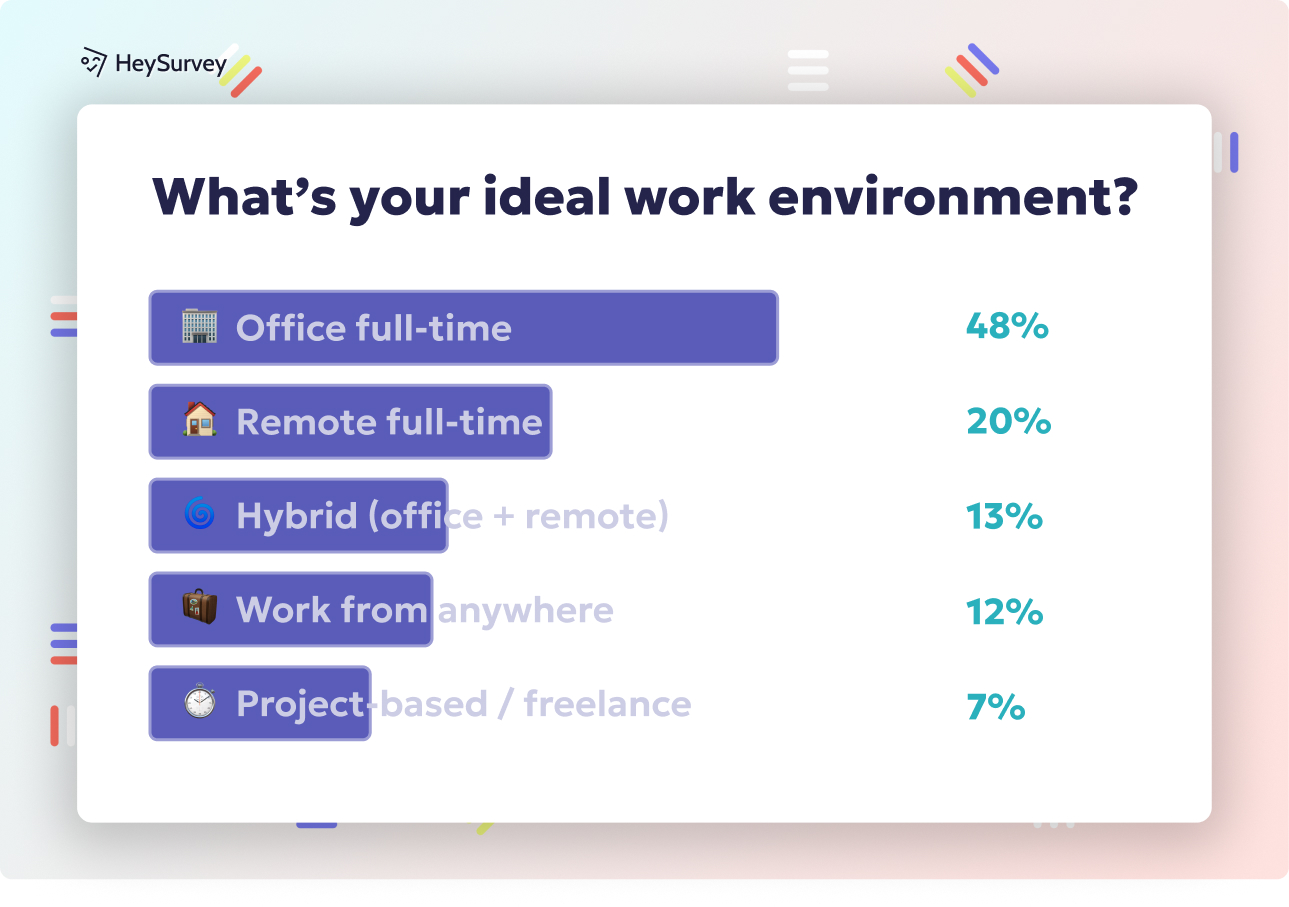25 Food Insecurity Survey Questions to Measure and Assess Food Security
Discover 30+ expert food insecurity survey questions covering HFSSM, CSI, HHS, FCS, and more for accurate, actionable food security data.
Measuring food insecurity is no small feat. It’s not just about whether someone has enough calories; it touches on public health, economic stability, and policy-making. Getting the right survey questions is crucial because precise question design shapes the quality of data collected, influences funding decisions, and ultimately impacts which interventions work best. In this guide, we’ll explore popular survey types, each with “Why & When to Use” context and five sample questions to inspire your own food security assessments.
Household Food Security Survey Module (HFSSM)
The Household Food Security Survey Module (HFSSM) is the gold standard crafted by the USDA. This method monitors food insecurity over a 12-month period using a detailed questionnaire. It was designed to capture the full spectrum of food security status in U.S. households and is widely used by policymakers for national monitoring and federal food assistance programs.
Why & When to Use:
- Ideal for long-term studies tracking national food insecurity trends
- Perfect when longitudinal data is needed to assess program impacts
- Essential for research tied to federally funded food aid initiatives
Here are five sample HFSSM-style questions using the USDA food security questionnaire format:
- In the last 12 months, were you ever worried food would run out before you had money to buy more?
- In the past year, did you or any household member ever skip meals because there wasn’t enough money to buy food?
- Was there a time during the last 12 months when you ate less than you felt you should because of a lack of money?
- During the last 12 months, did you ever feel hungry but choose not to eat because you couldn’t afford enough food?
- In the past year, were food supplies in your household sometimes or often not enough to meet your family’s needs?
The 12-month food insecurity scale provides robust data for policymakers to allocate resources effectively. It is essential for national-level food security surveys. Incorporating this module helps enhance the accuracy of your food security data collection.

Creating a food insecurity survey with HeySurvey is a breeze, even if you’re totally new to the platform. Just follow these 3 easy steps to get started—and don’t forget you can open a ready-made template by clicking the button below these instructions!
Step 1: Create a New Survey
- From the HeySurvey dashboard, click “Create Survey”.
- Choose to start from scratch with an Empty Sheet or pick a pre-built template tailored for food insecurity surveys to save time.
- Give your survey a clear internal name so you can find it easily later.
Step 2: Add Questions
- Click “Add Question” at the top or between existing questions.
- Select question types that suit your needs, like Choice for multiple options or Scale for rating severity.
- Enter your food insecurity questions (like those discussed earlier), add descriptions if needed, and decide if answers are required.
- Use images or formatting to make questions clear and appealing.
Step 3: Publish Your Survey
- Hit the “Preview” button to see how your survey looks on desktop and mobile.
- Once you’re happy, click “Publish”—you’ll need to create a free account if you haven’t yet.
- After publishing, share your survey link or embed it on a website to start collecting responses right away.
Bonus Steps to Make Your Survey Shine!
- Apply Branding: Upload your organization’s logo and customize colors and fonts in the Designer Sidebar to keep your survey looking professional and on brand.
- Define Settings: Set start/end dates, response limits, or add a redirect URL for when respondents finish the survey under the Settings Panel.
- Skip into Branches: Use branching to guide respondents through different questions based on their previous answers, making your survey smarter and more engaging.
Ready to start? Click the template button below and watch your food insecurity survey take shape with HeySurvey—simple and powerful!
Coping Strategies Index (CSI) Surveys
The Coping Strategies Index (CSI) digs into behaviors households adopt when food gets scarce. Instead of asking just what happened, CSI asks how people responded—making it a behavioral barometer of food insecurity. It’s ideal for quick snapshots of food stress and deteriorating food security.
Why & When to Use:
- Rapid assessments in emergencies or sudden food shortages
- Monitoring & Evaluation (M&E) for ongoing food security programs
- Adaptable to diverse cultural contexts where local coping varies
Here are five sample short-term food insecurity coping questions for your survey:
- How often did your household reduce portion sizes at meals in the past seven days?
- In the last week, did your family borrow food or rely on help from neighbors?
- During the past seven days, how frequently did you skip entire meals to manage food scarcity?
- How often did your household consume less preferred or less expensive foods in the last seven days?
- In the previous week, did anyone eat food they would normally avoid due to limited options?
CSI’s focus on immediate and short-term responses gives frontline workers and researchers a snapshot of coping severity, which helps tailor timely interventions.
Household Hunger Scale (HHS)
The Household Hunger Scale (HHS) is a no-nonsense, three-question tool made for global use. It measures the severity of hunger in a simple, cross-culturally valid way. Because it’s short and straightforward, the HHS is perfect for field surveys where time, literacy, and cultural relevance matter.
Why & When to Use:
- Cross-country comparisons of hunger severity
- Post-disaster field assessments where time is limited
- Surveys in low-literacy or resource-poor settings
Here are five sample questions based on the household hunger survey concept, including the core 3-question hunger scale items and some extensions:
- In the past 30 days, was there ever no food at all in your household because of lack of resources?
- In the previous month, did anyone in your household go to sleep hungry because there was not enough food?
- During the last 30 days, did any household member go a whole day and night without eating because of lack of food?
- Have household members had to reduce meal size because food was scarce in the past month?
- Did your children go hungry at any point in the last 30 days due to insufficient food?
This simple but powerful scale provides clear hunger data that’s easy to compare internationally or use in emergency relief contexts.
Food Consumption Score (FCS) Surveys
The Food Consumption Score (FCS) is the World Food Programme’s brainchild, blending the number of days certain foods are eaten, diversity, and nutritional aspects. It’s a handy way to assess dietary quality and food security simultaneously.
Why & When to Use:
- Targeting food assistance programs based on diet quality
- Nutrition surveillance and monitoring at community level
- Identifying households at risk of micronutrient deficiencies
Here are five sample questions tailored for a food consumption survey questionnaire or dietary diversity assessment:
- On how many days last week did your household consume pulses or beans?
- During the past seven days, how many days did your family eat fruits?
- How many days in the last week did you consume meat, fish, or eggs?
- In the week before the survey, how often did you eat dairy products like milk or cheese?
- Over the previous seven days, how many days did your household eat dark green leafy vegetables?
By focusing on both quantity and variety, FCS offers detailed insights to improve food aid targeting and support nutritional programming.
Food Expenditure Surveys
Food expenditure surveys track how much money households spend on food versus other essentials. This data reveals underlying vulnerability by showing what part of the budget is devoted to food, which affects stability and resilience.
Why & When to Use:
- Poverty and economic vulnerability studies
- Research on livelihood resilience and coping with shocks
- Analyzing budget impacts due to inflation or market shifts
Here are five sample weekly food cost survey or household food budget questions:
- Approximately how much money did your household spend on food in the past week?
- What percentage of your total household budget was used for food last month?
- How much do you typically spend on groceries or markets for meals each week?
- During the past month, how often did your household reduce food spending to cover other expenses?
- How much do you spend weekly on food away from home, like street food or restaurants?
Understanding household food budgets helps policymakers grasp financial pressures contributing to food insecurity beyond just physical food access.
Market Access & Availability Surveys
Knowing if people can actually get to food markets matters a lot. Market Access & Availability surveys explore if food is physically or economically available, especially in rural or urban food deserts. Supply chain disruptions and travel times impact these realities.
Why & When to Use:
- Assessing rural farming communities and market connectivity
- Investigating effects of supply chain interruptions
- Studying urban food deserts and accessibility for vulnerable populations
Here are five sample survey questions for a food desert survey questionnaire or market accessibility questionnaire:
- How long does it take to reach the nearest market selling fresh produce?
- What forms of transportation does your household use to access food markets?
- In the last month, have you experienced any difficulty buying staple foods due to market shortages?
- How often do food prices at your local market change unpredictably?
- Does the cost of transportation prevent your household from purchasing adequate food regularly?
Measuring physical and economic access helps expose hidden barriers affecting food insecurity and guides interventions at the supply chain and infrastructure levels.
Dos and Don’ts: Best Practices for Writing Food Insecurity Survey Questions
When crafting food insecurity surveys, follow these best practices to get your data right the first time:
- Do use clear recall periods like “past 7 days” or “last 12 months” to reduce confusion.
- Do tailor questions to include culturally relevant foods and typical household responses.
- Do provide graduated response options (e.g., never, sometimes, often) for nuanced answers.
- Do pilot test your questionnaire with the target population to catch misunderstandings.
On the flip side, avoid common pitfalls:
- Don’t use double-barreled questions asking two things at once (e.g., “Did you skip meals and reduce portions?”).
- Don’t burden respondents with technical jargon—they aren’t feeding data into a computer, they’re sharing personal experiences.
- Don’t phrase sensitive questions without context or explanation to prevent discomfort or biased answers.
Here’s a quick best practices for food insecurity surveys list ready for your next project:
- Use specific recall periods
- Customize to cultural food contexts
- Offer clear, graduated response scales
- Test questions before formal surveys
- Avoid complex or double questions
Keeping these do’s and don’ts in mind means your data will not only be valid but also respectful.
Food insecurity surveys aren’t one-size-fits-all; each type brings unique insights depending on your goals. Whether you’re monitoring national trends with the HFSSM, gauging emergency food coping with CSI, or diving into market availability, choosing the right tool is key. Align your survey method with your purpose, budget, and audience to make the most actionable, accurate assessments. Looking to convert your collected data into meaningful stories? Check out our guide to data analysis for food security surveys to learn how.
Related Food Survey Surveys

25 Pizza Survey Questions to Boost Customer Feedback & Sales
Discover 40+ pizza survey questions with samples to boost pizza customer feedback, improve pizza ...

29 Food Survey Questions: Types, Samples & Best Practices
Explore 25+ food survey questions covering preferences, allergies, dining, delivery, and trends t...

